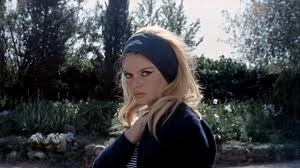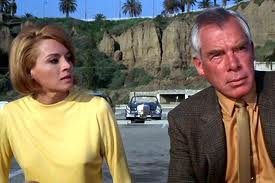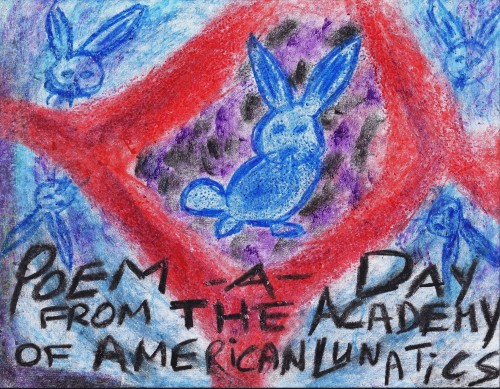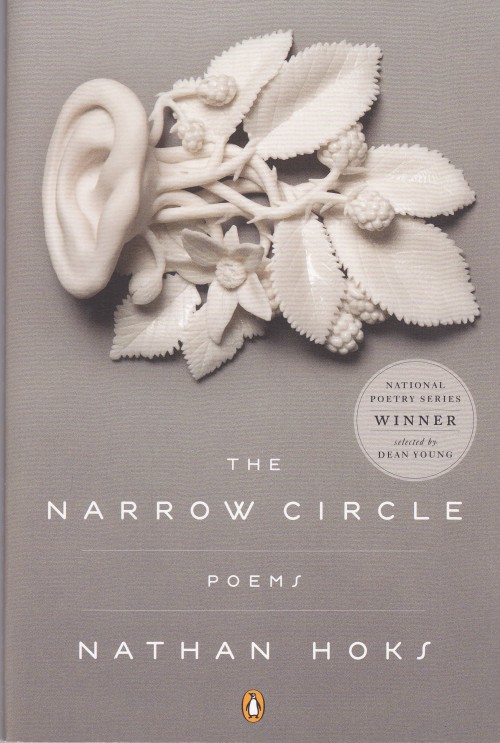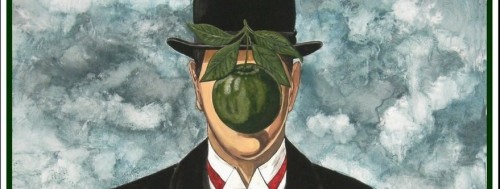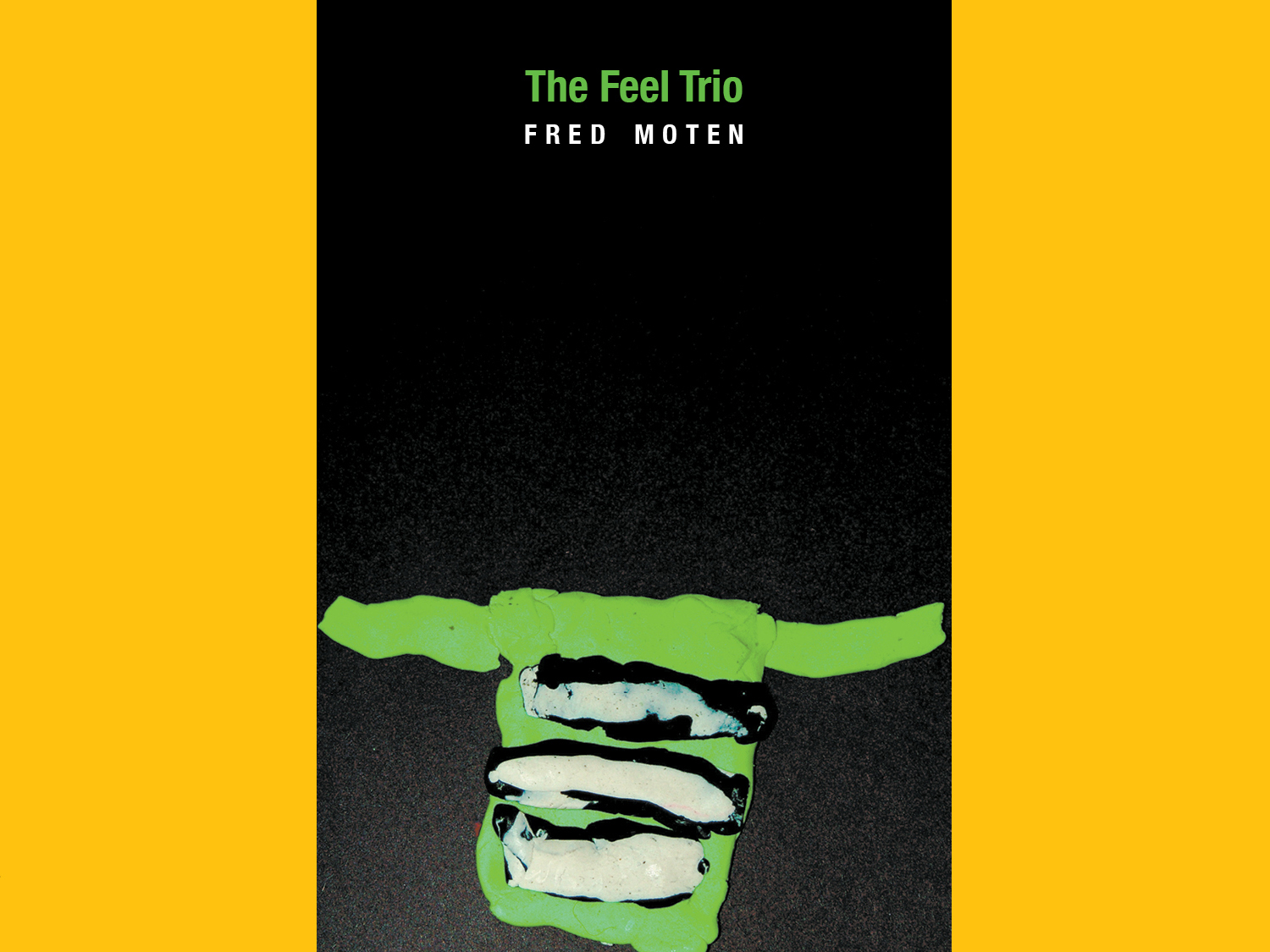Sunday Service: Zach Schwartz
haiku about the biggest question of my youth
should i masturbate
tonight? i thought as i puffed
on a black n’ mild
haiku i thought of while hooking up with my ex-girlfriend
i knew you would find
a way back into my arms
like a homing pigeon
haiku to my ex-ex girlfriend
you keep coming in
to my life and finding new
ways to hate me
haiku about being depressed and single
nobody wants to
date a depressed person
why did god do that
haiku i wrote after seeing a guy and a girl talking provocatively on a bench outside of a party
can’t deal with the
pressure of “getting a girl,”
where’s my ex-girlfriend
haiku i thought of after waking up with my ex-girlfriend after spending a night together
woke up and thought
“i finally have a real
human in my hands”
Bio: Zach Schwartz is from Cleveland, Ohio. His work has appeared in Vice Magazine, Thought Catalog, Rap Genius, and more. His website is www.zachtwotimes.com and he can be followed on Twitter @zach_two_times.
If you’re looking for something to read, here’s a translation of Yi Sang’s short story “Record of a Consummation” (translated by Heinz Insu Fenkl & Walter K. Lew).
The challenge is to analyze a history of effects other than by seeking to identify personifiable causes, to recognize that nevertheless the struggle is taking place as much among personifications as among persons, and to intervene to transform the social allegory without either buying into, or dismissing, the temptations of readability. For the necessity of reading and being read is a dream from which we cannot awaken.
— Barbara Johnson, The Wake of Deconstruction
1914 and the Madcap Cinema of Jean Echenoz
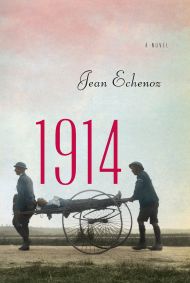 1914: A Novel
1914: A Novel
by Jean Echenoz
The New Press, January 2014
128 pages / $14.95 Buy from The New Press or Amazon
In 1914, out this January from The New Press, Jean Echenoz turns his distinctive wit on France in the early days of the First World War. Hailed as one of the great writer’s of his generation (the so-called nouveau nouveau roman cohort of the 1980’s) Echenoz is relentless in his humor and in his antiwar message. He delivers this message through one of his favorite techniques: film parody.
Echenoz has always engaged the themes and aesthetics of cinema. His adventure novels Cherokee, Double Jeopardy, and I’m Gone, are all heavily indebted to the films of Jean Pierre Melville and Claude Chabrol. Crime tropes are consistently employed and subverted: adversaries are bound and gagged in repeated reversals of fortunes, mysterious briefcases prompt brutal killings, identical twins are separated at birth and reunited in civil wars, gun runners turn political idealists. In I’m Gone, a character complains:
“And besides… your whole deal is so cliché. They kill people like this in every TV movie in the world, there’s nothing original about it at all.”… “I don’t disagree,” Baumgartner allows, “but I admit to being influenced by TV movies. TV movies are an art form like any other.”
According to Liam Callanan of The New York Times, “Echenoz delights in savaging mass media clichés like television docudramas or action-adventure movies… dispatching them with gleeful siliness.” His 1997 Big Blondes imagines the production of a documentary film charting the history of blondes in cinema from Dietrich to Bardot. Echenoz usually favors 60s crime cinema in his novels, including entire scenes from Point Blank (1967) with Lee Marvin and Angie Dickinson, and Some Came Running (1958) with Frank Sinatra, Dean Martin, and Shirley Maclaine.
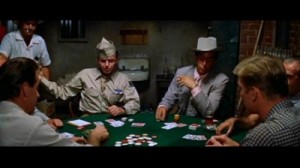
He shows a soft spot for the Rat Pack, giving Dean Martin a speaking role in Piano. Image from Some Came Running
If these previous novels engage 60s noir, 1914 is certainly an homage to the antiwar farce.
He sets the stage in 1914, with his singular ear for period detail. As in several of his earlier novel’s (Ravel, Running, and Lightning) 1914 comes off as matter-of-fact historical fiction.
February 21st, 2014 / 10:00 am
Tammy: Call For Submissions
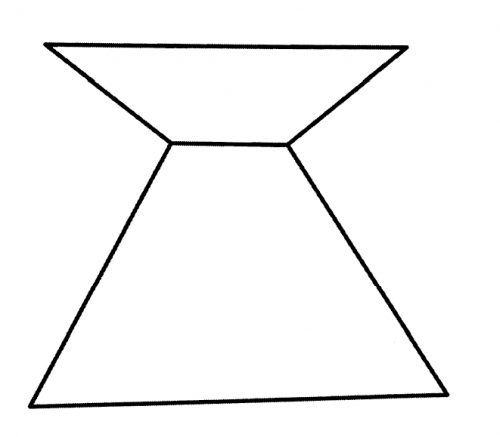 *Tammy is a print publication that features poetry, fiction, nonfiction, and criticism from the esteemed fringes and unguarded egresses of American letters, international writing in translation, and forms of visual art and poetics that lend themselves to the printed page. The third issue has just arrived and the editors are now reading for the fourth issue. Visit www.tammyjournal.com for more information.
*Tammy is a print publication that features poetry, fiction, nonfiction, and criticism from the esteemed fringes and unguarded egresses of American letters, international writing in translation, and forms of visual art and poetics that lend themselves to the printed page. The third issue has just arrived and the editors are now reading for the fourth issue. Visit www.tammyjournal.com for more information.
POEM-A-DAY from THE ACADEMY OF AMERICAN LUNATICS (#15)

Jessalyn Wakefield can literally teleport. You can literally find her work at amihuman.net. Farren Stanley lives in Santa Fe and is published or forthcoming in places like Handsome, Front Porch, RealPoetik, Caketrain, H_NGM_N, New Delta Review and Greying Ghost Press.
A Rabbit in Labor
by
Farren Stanley / Jessalyn Wakefield
The Rabbit Poems are a collaborative project between myself and Farren Stanley. We wrote A Rabbit in Labor while I was in Alabama, visiting Farren, who was working on her MFA in Tuscaloosa. We spent a lot of time doing shots of Fireball and drinking Budweiser and watching Jeopardy at her bar, Egan’s. There were also late night topless pool crashings, sexy coeds, hot dance parties, and a fucking lot of writing. It was killer. I dropped out of my undergrad three semesters in, so I’m sure my two weeks in Tuscaloosa packed in all the grad school I might ever have needed.
We spent a lot of time doing shots of Fireball and drinking Budweiser and watching Jeopardy at her bar, Egan’s. There were also late night topless pool crashings, sexy coeds, hot dance parties, and a fucking lot of writing. It was killer. I dropped out of my undergrad three semesters in, so I’m sure my two weeks in Tuscaloosa packed in all the grad school I might ever have needed.
note: I’ve started this feature up as a kind of homage and alternative (a companion series, if you will) to the incredible work Alex Dimitrov and the rest of the team at the The Academy of American Poets are doing. I mean it’s astonishing how they are able to get masterpieces of such stature out to the masses on an almost daily basis. But, some poems, though formidable in their own right, aren’t quite right for that pantheon. And, so I’m planning on bridging the gap. A kind of complementary series. Enjoy!
February 20th, 2014 / 10:57 am
5 Points: The Narrow Circle (by Nathan Hoks)
***
Nathan Hoks is one of my favorite writers. And this is a 5 point review of “The Narrow Circle,” a National Poetry Series winner selected by Dean Young (Penguin Books, 2013).
1) At times the careful and elegant lines and images of The Narrow Circle, a book moving and blurring between “Interior” and “Exterior,” feel like the work of a classic Surrealist. A Magritte, let’s say. And, here I’ll quote a poem in its entirety:
***
A lily is sprouting from my head.
First I love it, then I want it dead.
And now I’ll quote the beginning of the poem that follows LILY OF THE INTERIOR because it spiked in me the Primitive and Eden-Like scenes work of Henri Rousseau, who came to mind, also, from time to time, as I read through this collection:
The invisible bird is still hissing near
Her head.
2) Inside and out through much of these poems there is a thriller-horror movie feel. The feel of something morphing. Of an evil or strangeness (an alien sort of thing) building. Impending. Within and out.
Of soluble phosphates will fill with
Algal blooms and kill the fish and plants
The same green spot is growing inside me.”
And
“…my wife and I stand in the middle and call it
The inside. A leaf is growing out of our face.”
3) Quentin Tarantino’s movie-making came to mind, also, as I read through The Narrow Circle. I mean careful and exact tension building (think of the farmhouse scene in Inglourious Basterds, the terrified family hidden beneath the floorboards) and culminating from time to time, in waves, like a lily, exploding, facially:
Nathan Hoks is a 50/50 blend
Gunpowder and guts. Film comes
Whirring out of his mouth.
Rusted screws hold his fingers to hands.
Flies hang around his buttocks.
Shoots and pods are sprouting from his intestines.
Nathan Hoks is a fork in the egg yolk.
Nathan Hoks is a penitentiary.
Nathan Hoks lives inside himself
Where he is choking on the curtains, READ MORE >
February 19th, 2014 / 4:00 pm
You know how to “apply for an nea grant,” but you’re totally over it.
The new issue of Better is fresh off the CSS sheet. I really wanna read the whole thing, but how am I supposed to not toy around with Glenn Shaheen’s text-based poetry game for the rest of my life?
You call out from your bed in the dark. But you are alone, so so alone. Mainly because your last roommate was such a pain, always complaining about you leaving your dishes around, but, like, you’re a poet! You don’t have time to carry your dishes to the sink like some businessman. Of course you were kicked out of that apartment.
Poor all of us.

